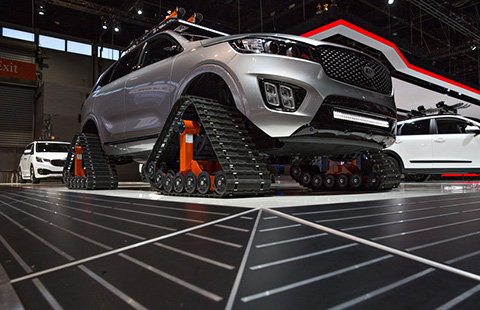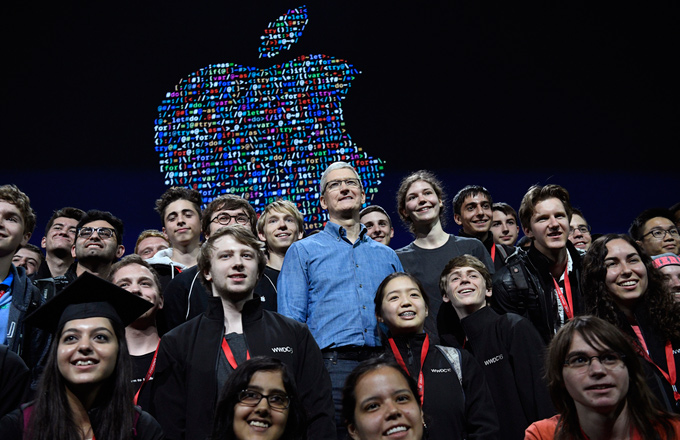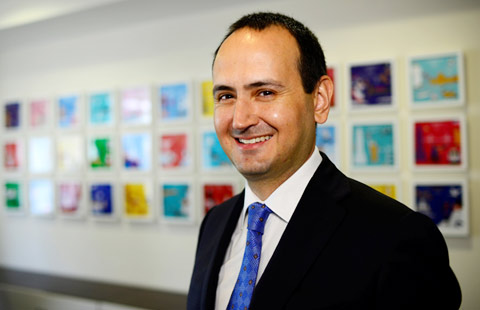BRICS a force despite ifs and buts
Leaders of Brazil, Russia, India, China and South Africa discussed topics ranging from infrastructure, agriculture and healthcare to energy development and climate change at the fifth BRICS summit in Durban. But what has caught the world's attention is the proposal to establish a BRICS development bank, aimed at providing a financing channel exclusively for developing countries.
So will BRICS become a center of power that can break the existing world order, which is marked by Western dominance and US hegemony?
It is too early to hazard a guess. But over the past decade, especially since the outbreak of the global financial crisis, the five countries' economic performance has been impressive. BRICS member states now account for more than 20 percent of the global GDP and over one-sixth of the world trade.
An International Monetary Fund report says the combined GDP of BRICS member states will catch up with that of the US this year; the figure was only 27 percent 12 years ago. And during the first 10 years of this century, the average growth rate of BRICS member states was over 8 percent, more than three times that of the developed countries' 2.6 percent and almost twice the global average of 4.1 percent.
IMF data show that BRICS' contribution to annual world economic growth was 40 percent, 34 percent and 79 percent in the past three years. Together, the five countries account for 43 percent of the world's population, cover more than a quarter of the world's land area over four continents, and hold as much as $4.4 trillion of foreign reserves. BRICS member states have thus become an important force promoting global economic recovery.
There is little doubt that BRICS is the world's largest and most dynamic emerging economic group, which reflects the changing pattern and outlook of the global economy. But the group has a long way to go before it can reform the world order for the better.

















